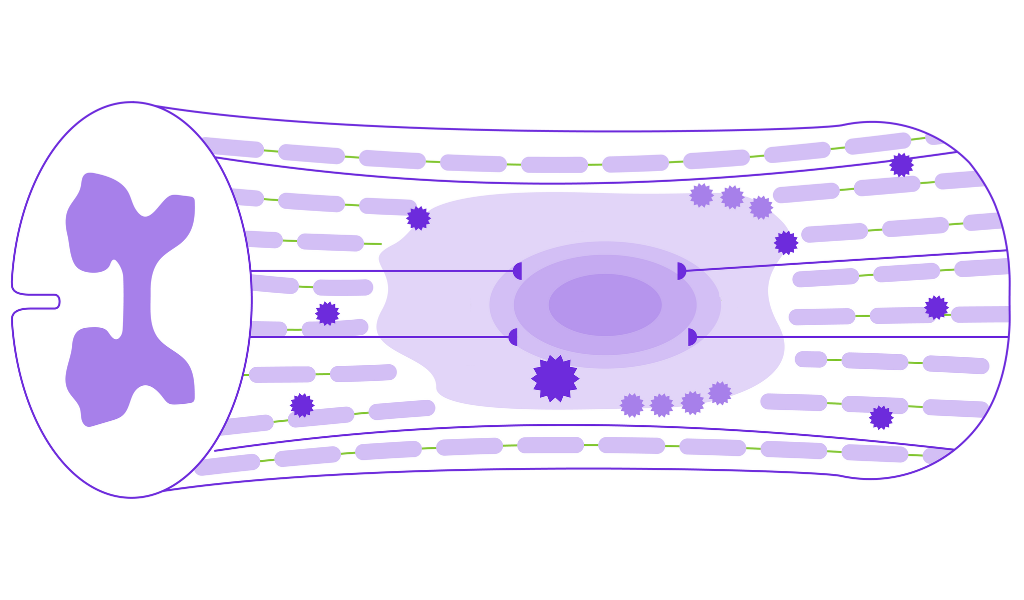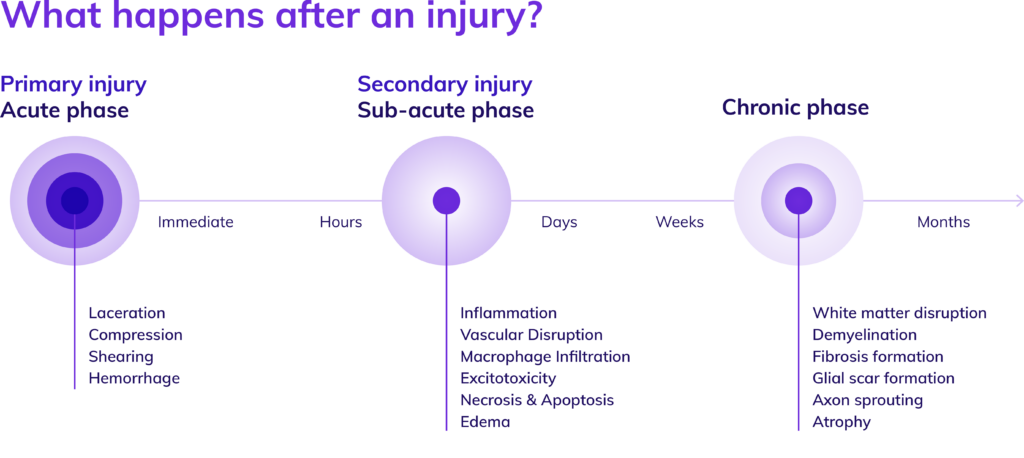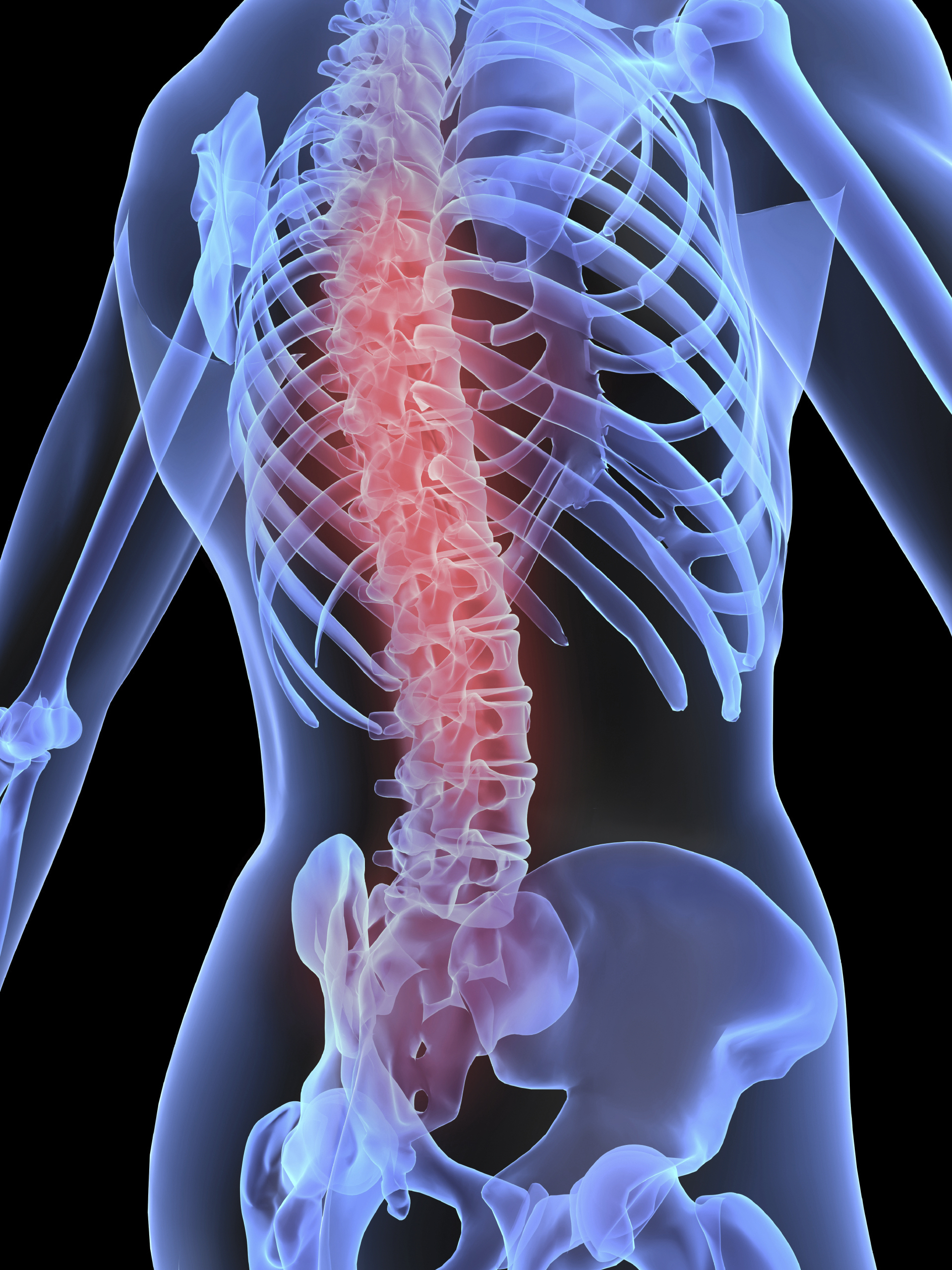The spinal cord functions as the critical communication highway between the brain and the body, encased within the protective shell of the vertebral column. Comprised of millions of specialist nerve fibers, it coordinates and connects a vast array of bodily functions and reflexive actions, from voluntary movement to the regulation of vital autonomic processes such as respiration and cardiovascular control.
However, the intricate architecture and complex nature of spinal cord tissues contributes to its vulnerability; when damaged, the regenerative capacity of these neural pathways is inhibited. Unlike other tissues in the body that can heal and regenerate, the neurons and axons within the spinal cord, once injured, face significant barriers to recovery.
This is due to a combination of factors, including the inhibitory environment for nerve growth within the central nervous system, the formation of scar tissue, and the loss of neuronal connectivity.
The body’s response to injury: A phased approach
The body responds to a traumatic injury across a number of different phases.
Primary
The primary stage of the injury occurs immediately after the event and describes the consequences of the initial impact of the injury. Depending upon the circumstances, haemorrhaging, laceration and compression of the bones of the spine can be seen at the site of injury.
Secondary
Minutes after the injury, the body rushes to protect and repair the damaged area. The immune system sends special cells to the injured site, which cause inflammation and swelling. This natural response is like a first aid kit for the body, attempting to contain the damage. However, this swelling can also increase pressure on the spinal cord, potentially making the injury more severe. As the initial injury settles, further changes occur within the spinal cord. These changes include:
- Scar Formation: Over time, damaged nerve cells (neurons) may die, and the body may begin to form scar tissue at the site of the injury. This scar tissue, also known as a glial scar, can inhibit the regeneration of nerve fibers.
- Neuroinflammation: Inflammatory responses in the spinal cord can persist and contribute to ongoing tissue damage and neuroinflammation. Immune cells continue to play a role in this stage.
- Nerve damage: In the segments of the spinal cord both above and below the injury site, nerve fibers may undergo further degeneration as the nerve cells break down.

Primary Injury
Secondary Injury
Acute, Subacute and Chronic Phases
The acute phase of spinal cord injury involves initial tissue damage, triggering primary injury followed by different “waves” of cell death across up to 2 weeks as the body responds to injury.
The subacute phase starts as the body starts to repair. Seen between 12 and 24-hours, inflammation occurs and the process of removing the dead cells from the injury site takes place.
The chronic phase describes the period several weeks after injury. Recent studies have shown some evidence of nerve regrowth within this phase, challenging the belief that the spinal cord does not regenerate.




